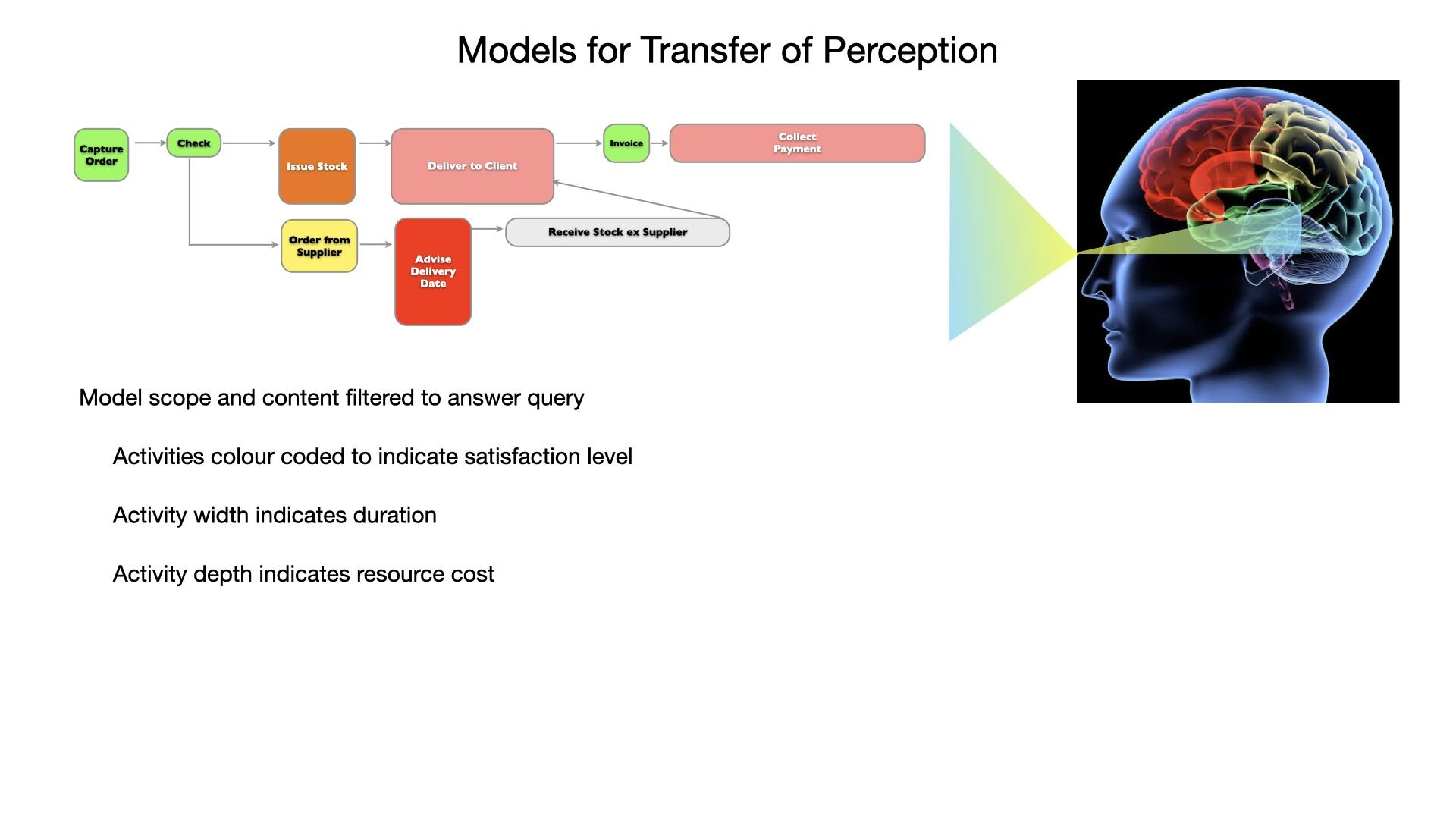Research on physiology of the visual system, neuroscience and cognition shows our perceptions are controlled hallucinations based on predictions, progressively refined by feedback of sensory input.
Perception starts, not with sensory input from the eyes, but with a prediction in the brain. We then look for confirmation of our prediction in the sensory input. Where we detect anomalies, the brain adjusts the prediction and seeks new evidence. This has profound implications for models to share our perceptions.
First, we need to consider the receiver’s world view & experience and their likely predictions, which affect how they interpret what we share. If we can translate our message to a medium, format and notation that corresponds to what they are familiar with, we are far more likely to succeed. For a database designer, using UML diagrams is a good strategy. For a risk manager, this will fail, but they may be receptive to a diagram that categorises information according to risk parameters such as sensitivity to exposure and impact of exposure. It will help if we prime the expectation (and hence the prediction) with defining shared concepts. Ontologies are valuable in providing the nouns for later communication.
Enterprise Architecture benefits from a strong meta model defining the agreed concepts, relationships and properties we deem important that describe instances of the concepts. The meta model and appropriate tools (repository and modeling, query, reporting and visualisation) allow us to collaborate, to share and support multiple formats, notations and frameworks to work successfully with different communities.
The theory of communication (Shannon and Weaver) advocates redundant information in the message and feedback to the sender to ensure that messages were successfully transferred. For visual models, this translates to providing “dual coding” i.e. both symbols and text to facilitate correct perception of the information. We should also query the receiver to ensure they perceive what we intended to convey.
Efficiency can be enhanced using principles from compression of messages (e.g. in transmission of images, audio or video), where prediction is also used to predict what comes next and then to only transmit information if the actual signal differs. E.g. in a video we only transmit the changes from frame to frame, a very small proportion of the full image of the frame. For models, this translates to providing only difference or exception models, or models where the important information is highlighted in some way, by colour, modifying symbols or other means. In this way we have a lot less to encode and interpret. Again, competent tools can assist by providing filters, query, summary and highlighting mechanisms to generate useful outputs, potentially “on the fly”.
We are researching these topics and progressively enhancing our tools and methods at Inspired.org. Let’s connect!

